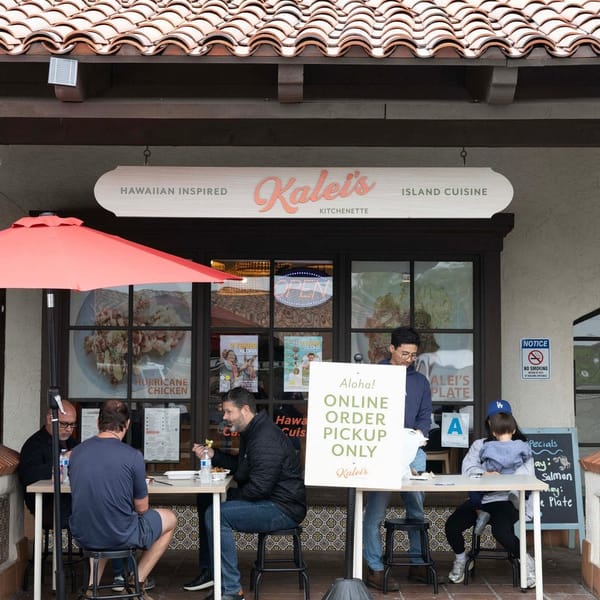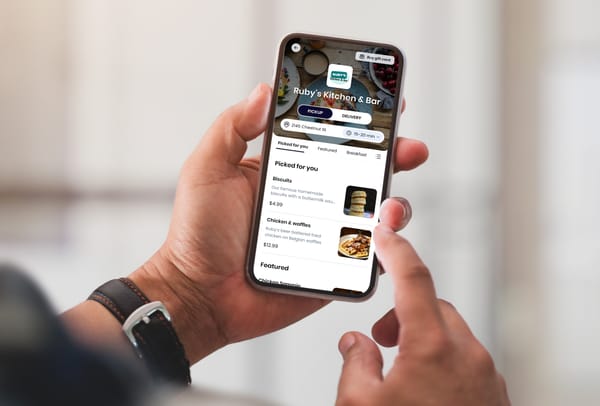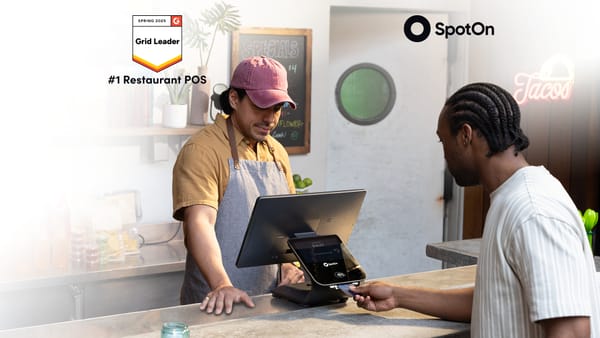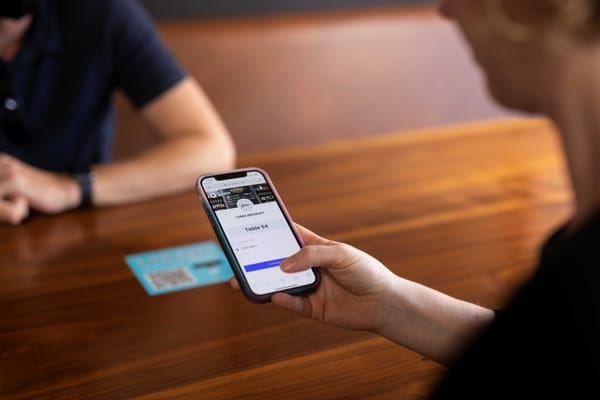An online ordering system is table stakes for every restaurant these days. But if you're still on the fence about implementing online food ordering software at your establishment, take a look at some of the latest stats from the National Restaurant's Association's 2025 State of the Restaurant Industry Report.
- 82% of consumers said they plan on ordering delivery from a restaurant if they can afford it, while 51% say ordering takeout from a restaurant is essential to their lifestyle.
- 50% of restaurant operators say off-premises represents a bigger proportion of their sales than it did in 2019.
- 95%of restaurant operators say guests are more value-conscious, while 61% of customers say loyalty offerings are an important when choosing a restaurant for delivery.
Online ordering not only serves as an additional stream of revenue alongside traditional in-house ordering, but for many restaurants, it has become their primary source of revenue in this digital age. It's both a way for new guests to discover your restaurant and regulars to reorder over and over again.
Quite simply, the modern guest expects the convenience of being able to easily order takeout or delivery right from their mobile phone or computer. If you don't have a setup that makes it easy for guests to do just that, you're falling behind the competition.
The 3 ways your restaurant can set up online ordering
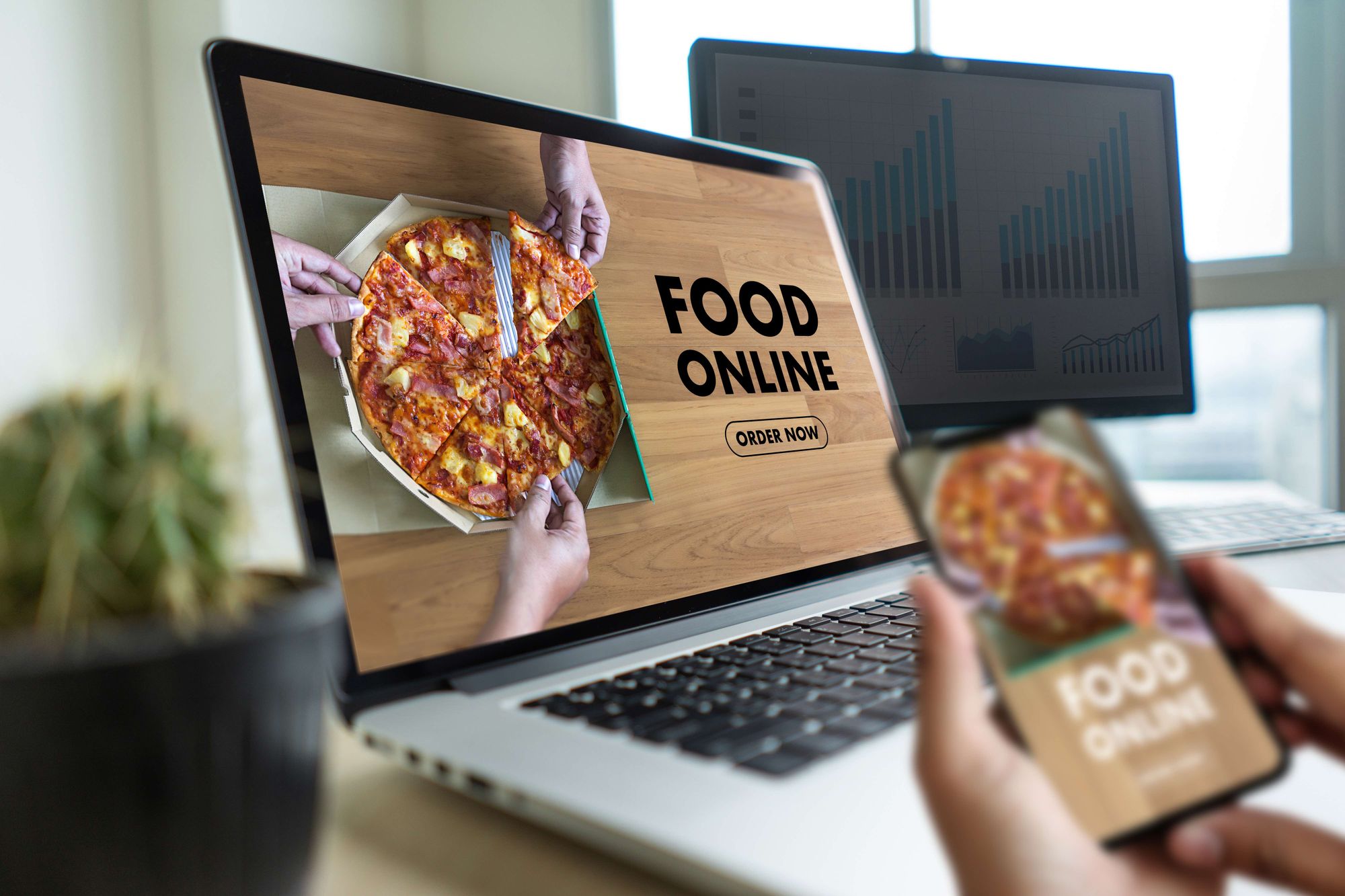
No food ordering system will be the exactly same, but we can separate online ordering for restaurants into 3 distinct categories.
- Direct online ordering through a POS system
- Third-party delivery services with a possible POS integration
- Do-it-yourself restaurant website builders
When assessing each of these options, we're looking for the Goldilocks effect. The best online ordering system can't be so expensive that you don't make any significant profit. At the same time, the online ordering system has to be easy to use so you're not overextending yourself in the middle of a rush. Everything needs to be just right.
You need a restaurant online ordering system that drives the most profit with the least amount of friction. Friction can show up in the form of customers struggling to place or pay for their order, your staff having to take extra steps to fulfill an order, or your management team needing to jump through hoops to make changes to your online menu. Let's get into it with this quick guide on how to set up online ordering for restaurant operators.
1. Direct online ordering through a POS system: the best online ordering system for most restaurant owners
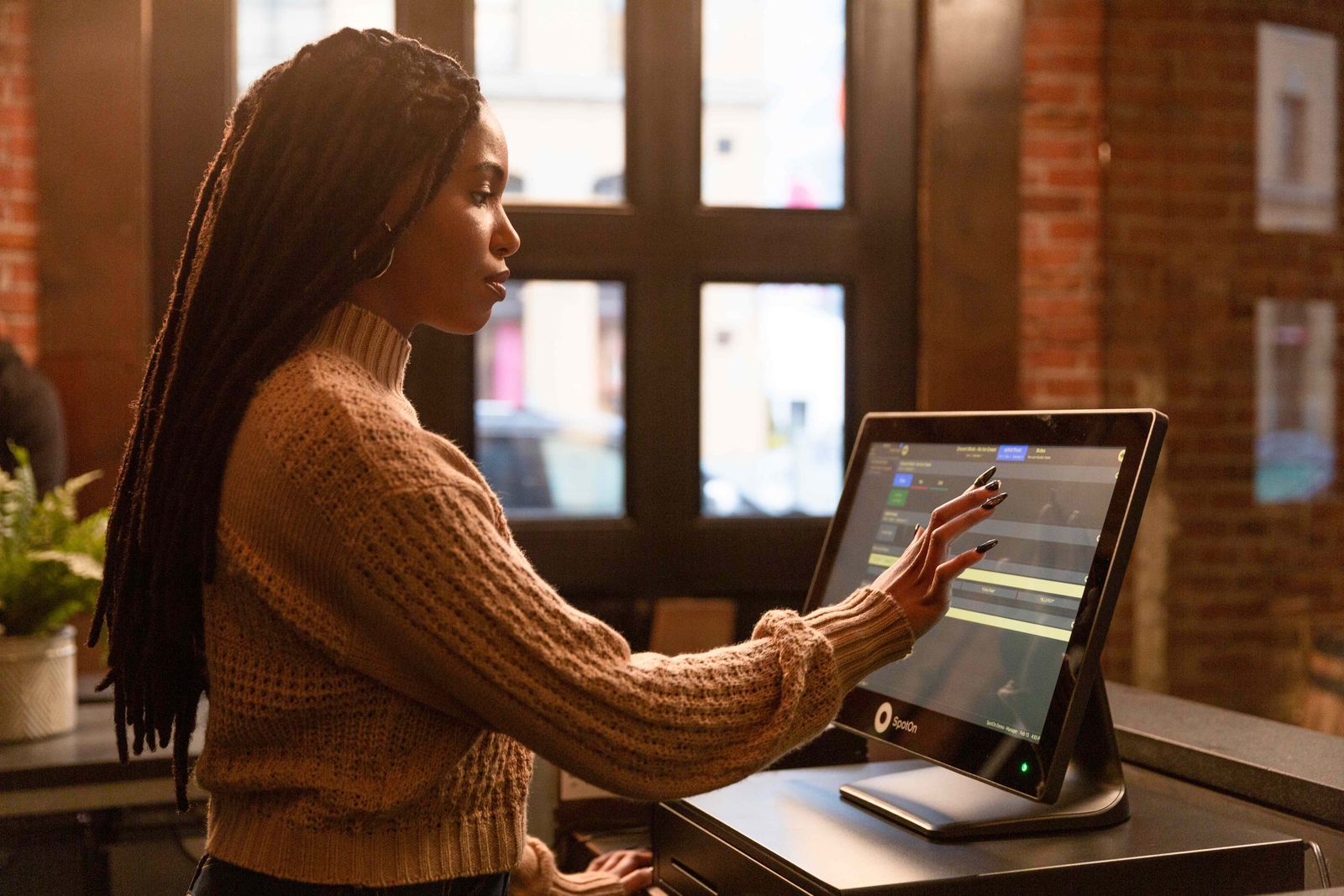
The latest restaurant point-of-sale (POS) systems give owners and managers the best of both worlds—their own ordering menu and online payments connected to their website without the high percentage-based commissions of delivery apps.
For example, SpotOn's online ordering system—SpotOn Order—only charges a low monthly flat rate enabling your restaurant to keep all your profits and maintain total control of your pricing. With SpotOn's direct online ordering, you also get ownership of your customer data, a customizable online menu that you can update in real-time (across multiple locations), pacing controls to keep your kitchen out of the weeds, a seamless integration with Order with Google and your website to attract more guests, automatic "Picked for you" recommendations to improve the online ordering experience, and a built-for-you mobile ordering app called GoTo Place.
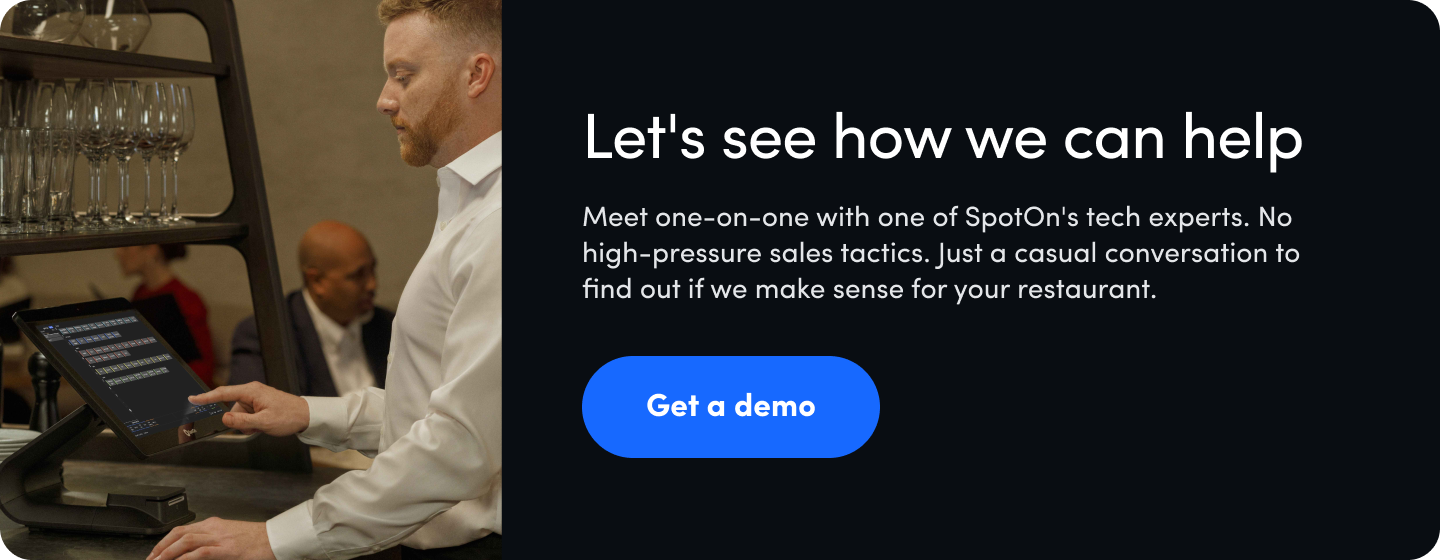
Pros of online ordering through a POS
Low flat monthly rates
Commissions and fees on every order will kill your restaurant's ability to make a profit when guests order online. The right POS online ordering system will only charge a low flat monthly rate for their service, allowing you to grow your profit as your online ordering grows.
Expert setup technical support
A good POS provider will set up your online ordering page and provide 24/7/365 customer support. That includes Friday nights, weekends, and holidays—when restaurants need it the most.
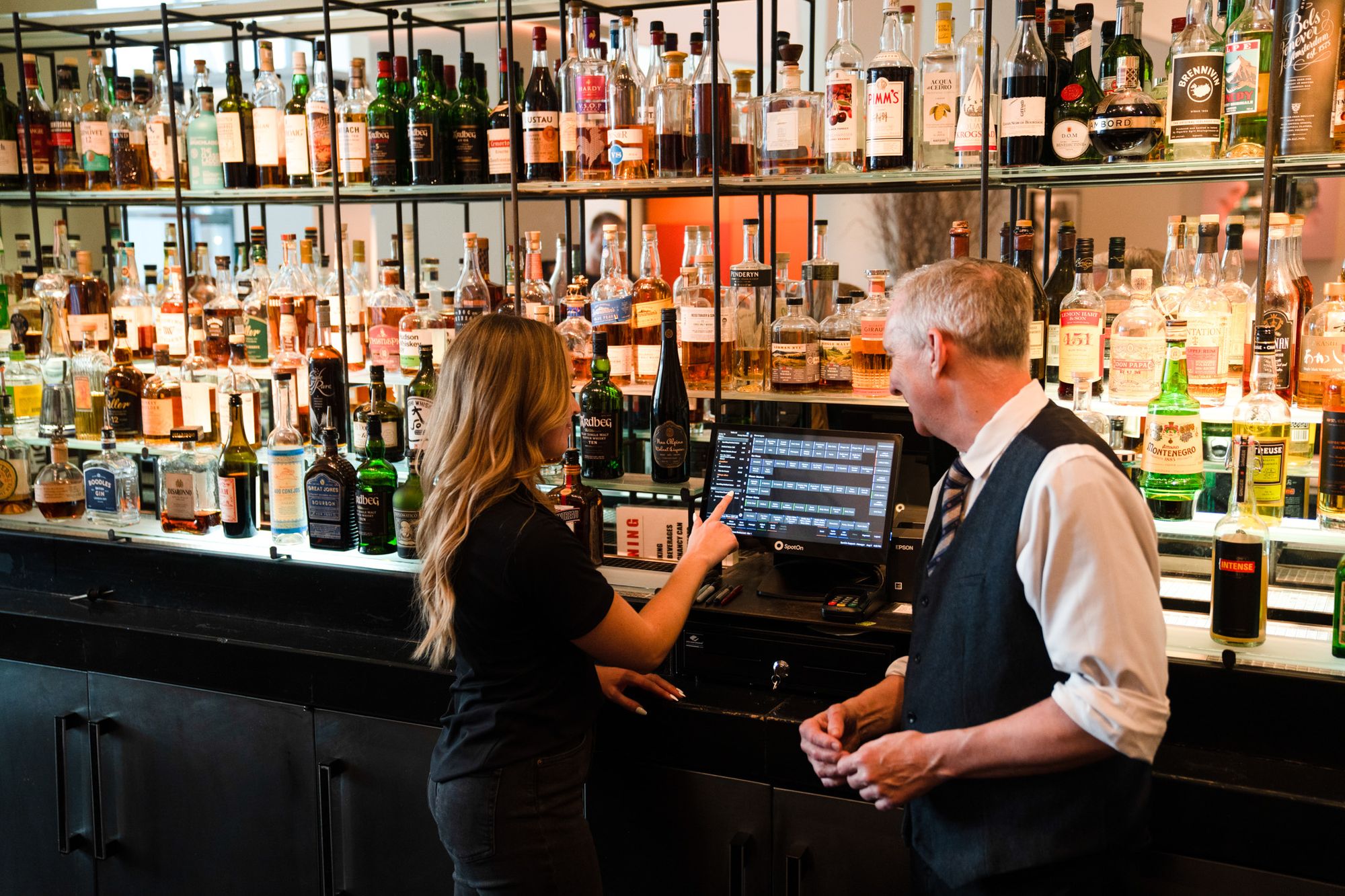
Integration with your Google Business Profile
In this digital age, hungry customers expect to order online when they search on Google. The right POS online food ordering system will seamlessly connect your ordering menu to your Google Business Profile so customers can order directly from you in Google Search and Google Maps.

Easy ordering experience
Online ordering software through a POS should be designed to make it as frictionless as possible for your guests to order, with recommendations for popular offerings, and multiple online payment methods.
Loyalty integration to increase sales
Guests are more value conscious than ever. A digital loyalty program that works both in store and with your online ordering system, will reward guests with custom perks and also help you drive repeat business.
Mobile ordering with a built-for-you app
SpotOn found that 81% of guests using SpotOn Order placed orders from their phone, and a whopping 96% only ordered from one restaurant — their go-to place. Even better? 43% of those customers ordered again within 7 days. With GoTo Place, a mobile app built for independent restaurants and their guests, you can make it easy for guests to order directly from you, with your brand and menu front and center.
Ability to pace customer orders based on kitchen capacity
Getting slammed with orders during the rush could scare any restaurant owner into not implementing online ordering. A good POS online food ordering platform will let you control the pace of your ordering while notifying online customers how long their orders will take.
Orders sent directly to your kitchen display system (KDS)
With your online ordering system connected directly to your POS, customer orders go straight to your kitchen display system (KDS) or kitchen printer. So your staff never need to re-enter online orders, effectively increasing the accuracy of your order fulfillment.
Ownership of guest ordering data
When it comes to online ordering, you not only need convenience, but you also need information. To truly make the most profitable menu possible, you must know what's selling online and what's not so you can adjust your offering and prices. The right POS online food ordering system will give you ownership of all this data.
Ability to update menus in real-time
With first-party POS online ordering, you can update your menus and pricing in real time—without having to call customer support or send an email. And with a Google Business Profile integration, your menus are updated automatically in Order with Google.
Cons of online ordering through a POS
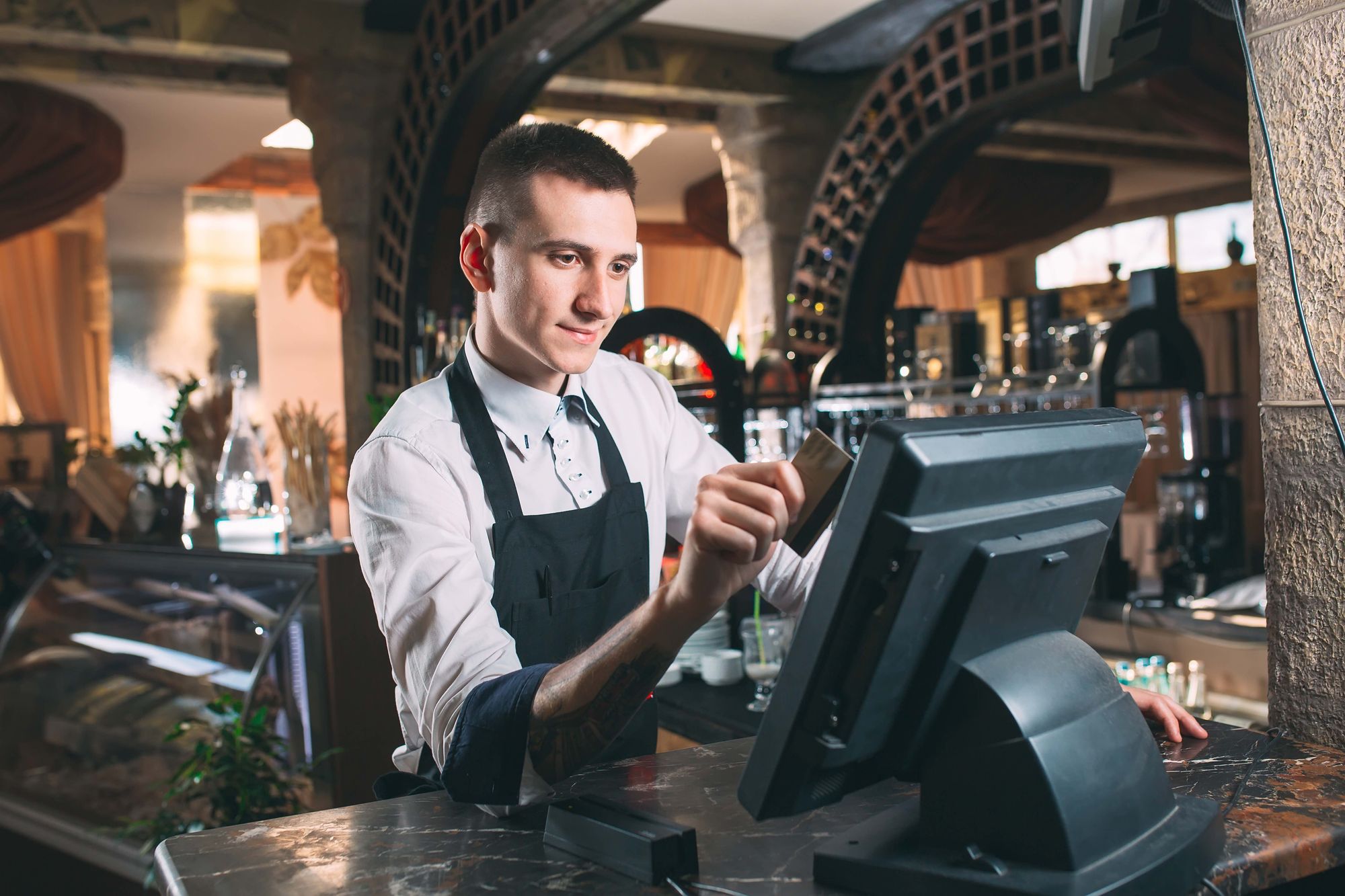
If you're currently using a legacy point-of-sale that doesn't have an online ordering platform, consider switching to a cloud-based one that does. While no restaurant operator looks forward to changing their POS platform, SpotOn makes it super easy with concierge style implementation and training, along with 24/7/365 customer support.
Some POS systems don't have delivery options
While most customers want to pick up orders, depending on your restaurant type, you may turn away online guests if your POS doesn't have delivery options.
Look for a point-of-sale that can offer low flat rate delivery fees through a delivery service like DoorDash. And you should also be able to pass that cost on to your online customers if preferred.
Or, if you fulfill delivery in-house, make sure your point-of-sale integrates with intuitive delivery management software—like Captain AI—to help identify your delivery zones.
2. Third-party delivery services with a possible POS integration

A third-party delivery service—like Uber Eats, DoorDash, Postmates, and GrubHub—is happy to handle the entire online ordering process for your restaurant. The biggest advantage of these services is their extensive network of delivery drivers, the marketing reach on their platforms, and their ability to get your online ordering up and running fairly quickly. If you're a newer restaurant, signing up with one or more of these platforms could help get the word out about your establishment.
But as you might suspect, when a platform handles so much of the service, there are also higher costs. Those costs often translate into commissions between 15% and 30% or more on every online order.
Commissions like these make it nearly impossible for restaurants to make a profit on online orders, causing owners to give up on an online ordering platform altogether.
To add insult to injury, multiple third-party apps usually retain control of all your customer data—their name, phone number, email address, and what they ordered, making it very hard for you to send out future marketing campaigns to your guests or even to just find out what's selling well (or poorly) online. And, connecting a third-party app to your POS ordering system (so staff members don't have to re-enter the order) could require another POS integration app.
So while third-party apps may increase your restaurant's online visibility initially, their high commissions and control of your guests' ordering data make them a poor solution as your primary restaurant online ordering system.
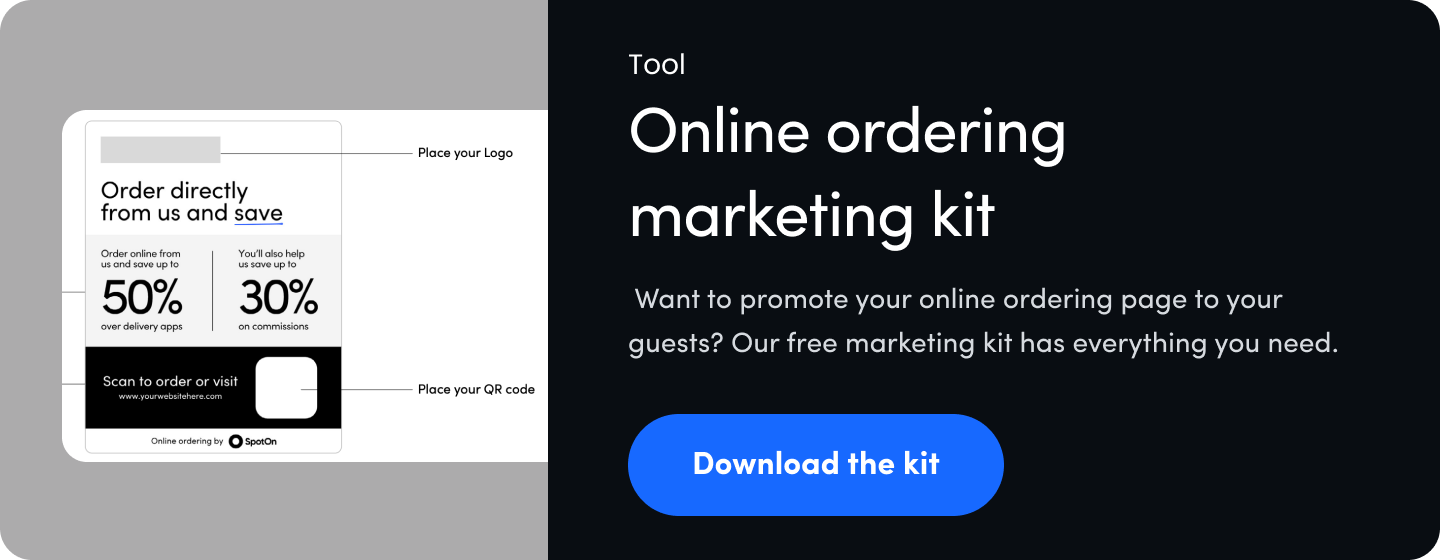
A good strategy when considering a third-party app might be to sign up with one or two popular ones in your area while encouraging existing customers to order directly through your own POS online ordering system (see option 3) to avoid those high commissions.
Pros of third-party delivery apps
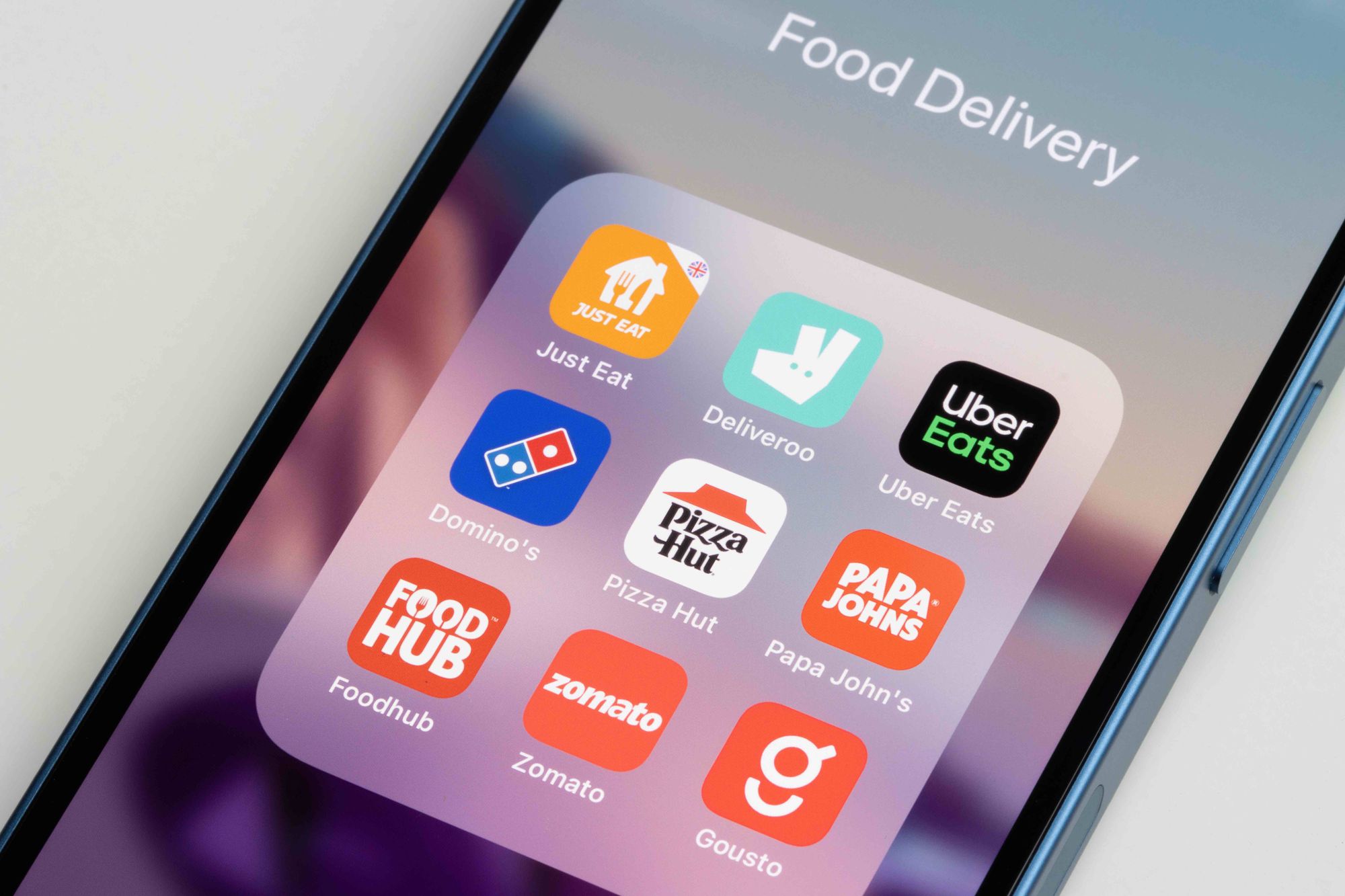
Reliable network of delivery drivers
With a widespread network of drivers, an online ordering app can often provide your guests with fast and reliable delivery.
Online visibility on third-party platforms
Many online guests go straight to a delivery app's website for online food ordering. By using their service, you can tap into their marketing reach.
Fast implementation with customer support
With the help of their onboarding teams, usually, third-party platforms will have you up and running on their online ordering page in a matter of days.
Improved POS integrations
If you've worked in a restaurant with a high volume of third party orders, you're no doubt familiar with "tablet hell" and the hassle of keeping those third party orders moving smoothly alongside your in-house orders. Thankfully, software integrations have improved a lot. Several cloud-based POS systems, including SpotOn, have direct integrations with delivery providers like DoorDash.
There are also online ordering aggregators like Deliverect that funnel third party orders directly into your point-of-sale and make it easier to update your menu across multiple sites. If you're going to rely primarily on third party ordering, or want to use it alongside your direct online ordering to drive online sales, then you'll definitely want to explore a POS integration. Otherwise, you many need to input every order manually into your POS.
Cons of third-party apps

Exorbitant fees on every online order
With commissions upwards of 30%, many restaurant owners find that they're making money for third-party apps instead of their restaurants.
Can't access your guests' ordering data
Owners often overlook the value of data. When you know what your online guests are ordering, you can adjust your menu for more profit. But with a third-party app, you can kiss that data goodbye.
Your competitors are promoted when guests search for you
If your competitors are on third-party platforms, often they will show up on their online ordering page when your customers search for you. And there's nothing you can do about it.
Adjusting your menu can be cumbersome
Modifying a menu item or changing prices on your online menu often means calling in or sending an email with the changes, an arduous process when you need to change your menu fast.
Pacing controls may be limited or nonexistent
Controlling the flow of online ordering could be nonexistent. Often it's just an on-and-off switch to your online ordering.
3. Do-it-yourself restaurant website builders

To build your own website that will accept online food orders and payments for your restaurant, you'll need an eCommerce website builder like Wix, Shopify, or Squarespace. A WordPress website is also an option, but you'll have to add and maintain the necessary plugins to make it work the way you want. With plans ranging from $16 to $300 a month, this can be a cheaper option than using online ordering software but it will require you or a tech-savvy person on your team to do most of the work. While you don't need to write any code, you'll still have to understand how all the components work together to get your website and online ordering to function with how you manage orders.
Restaurant website builders have templates to build out your menu, some reservation options, a degree of online ordering, and the ability to accept payments. However, your staff will most likely have to resubmit orders into your POS as customer orders come in, adding another layer of friction and possible mistakes.
Also, if you get slammed with online orders, you may not be able to automatically throttle them and adjust food preparation times for your web guests. All in all, while there are a few enticing features to using a website builder, out-of-the-box they are going to have a hard time meeting the specific online ordering demands of most restaurants.
Pros of website builders

Cheapest type of online ordering systems
If you have a background in building websites, then you only have to pay for your domain name, hosting, and the cost of the website builder when creating your food ordering system.
No per-order fees for online food delivery
Because you created your own website, you also don't get charged commissions by delivery services when guests order. You will, however, still pay credit card processing fees to whichever online payment partner integrates with your website.
Access to restaurant-specific templates
Many website builders have restaurant-specific templates that make it easy for you to get started.
Cons of website builders

Time-consuming to set up
Since you (or your web developer) are building out your website and online ordering from scratch, getting it to the point where it's functional can take weeks or even months.
Expensive if you're outsourcing the work
If you need to hire a web developer to build your site and online ordering platform, then that could cost thousands of dollars, turning what was originally a cheap endeavor into a costly solution.
Requires continual self-maintenance
Like any other type of software, websites, plugins, and apps need updating. If you don't have someone regularly checking on this, you could lose functionality.

Limited to no integration with your POS system
Chances are your website builder won't integrate seamlessly with your POS system. If that's the case, then your staff will spend lots of time imputing online orders, creating more chances for errors.
Lack of customer support during restaurant business hours
If your online ordering system goes down on a Saturday night, it might be difficult getting help from a website builder (or anyone for that matter) to help you sort out the problem.
Bottom line. Online ordering should benefit your bottom line.

If your online ordering isn't profitable, then what's the point? Finding the balance between convenience and cost is critical when looking for the online ordering platform that's best for your bottom line.
Third-party ordering apps are great to attract new customers, but if you rely on them to manage your entire online ordering process, then they'll also be glad to manage a percentage of your online revenue, your guest ordering data, and your guests' ordering experience.
On the flip side, if you build your own website and online ordering platform, you may find that the cost of development (and maintenance) is too high, your online ordering doesn't work seamlessly with your POS, and customer support is not available when you need it most.
A first-party POS online ordering system hits the sweet spot for what most restaurants need in online ordering solution—an easily customizable online ordering menu, seamless integration with your point-of-sale, ownership of guest information and ordering data, and low monthly fees (without per-order customer charges) that makes profit attainable.
In short, the right online ordering system will truly be a profitable stream of revenue that empowers you to serve more customers for more profit.






